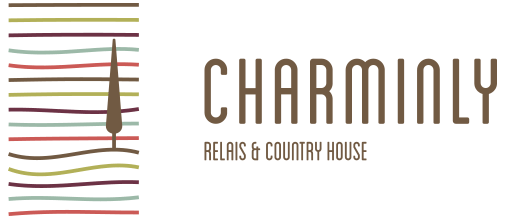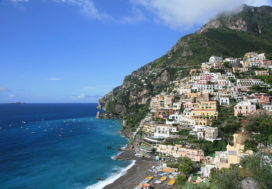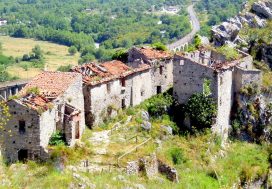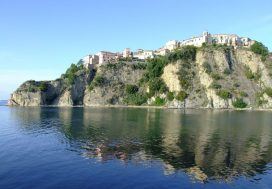During your stay in Casale Santa Rosalia, situated in San Mauro in Salerno district, in The National Park of Cilento, in Campania, you can visit medieval hamlets and archeological sites in Cilento.
SAN MAURO CILENTO
San Mauro Cilento is a small village located in the hills, not far from the sea. The village is historically divided in Casalsoprano and Casalsottano and walking through the streets of the village we can visit the Parish Church of San Mauro Martyr, patron saint of the village, dating back to the twelfth century, and the Chapel of the Holy Spirit, built in the fifteenth century. In a seventeenth-century building there’s the Eleousa Museum, dedicated to the social and religious history of the ancient Cilento and since 1978 it collects documents and artifacts, and organizes exhibitions.
PIOPPI
In the village of Pioppi, in Pollica, we can visit the Vinciprova building that houses the Living Museum of the Sea. In the tanks there are typical fishes of the Cilento coast, with the pool of Moray, the tub of the octopus or the tub of palinuro Cape. And in the touch tank we will be free to dip our hands to touch the fishes, an unforgettable experience especially for children.The same building also houses the Mediterranean diet Festival that is organized every June.
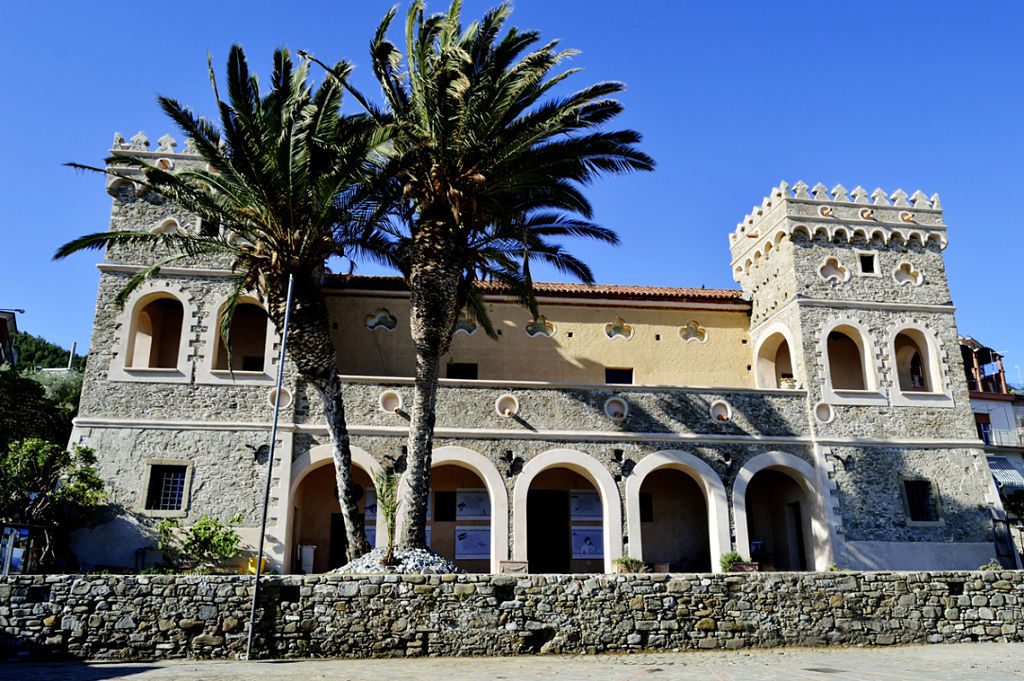
Vinciprova building Pioppi photo lifegate
POLLICA
In Pollica there’s the castle of the Capano princes. The castle gets its name from the princes that bought it in 1290 but it has even more ancient origin. The building has a square tower that still dominates the village and thanks to a recent restoration, the castle is open to visitors in all its splendor.
VATOLLA
In the village of Vatolla, in Perdifumo, there is the Palazzo de Vargas. This stunning mansion was once a medieval castle of which we can still see the four circular towers and walls. Now it houses the Foundation Gian Battista Vico, which also organized the restoration of the building, and its museum, and a conference room where every year there’s the Gian Battista Vico prize.
CASTELLABATE
Castellabate is a beautiful village overlooking the sea, consisting of a municipality with 8 towns and many small villages. The center of the village is represented by the Castle of the Abbot dating back to 1123, a fortress with four towers and defensive walls, today it hosts exhibitions and cultural events. The main place of worship is the Papal Basilica of Santa Maria de Gulia, built in Romanesque style in the twelfth century, which houses frescoes and majolicas.
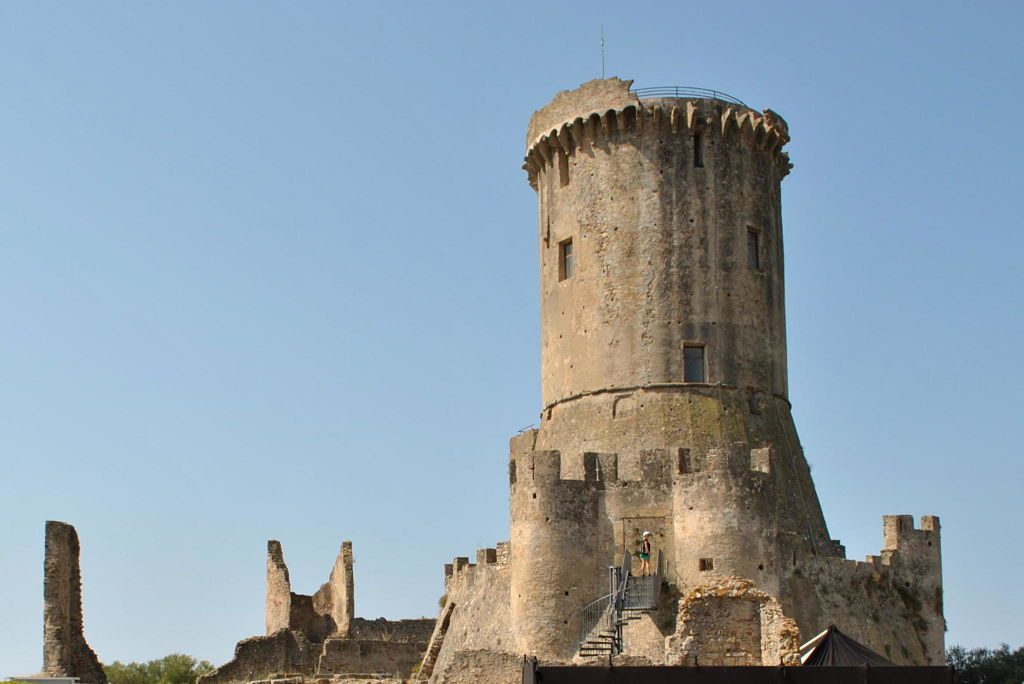
Medieval tower Velia
ELEA – VELIA
In the archaeological site of Elea – Velia, we can take a didactic path between the buildings built in Hellenic and Roman times. Since 540 B.C. this town expanded until the fifth century AC and today the site offers us a glimpse of life at different times with many buildings and constructions.
PAESTUM
Near Capaccio, the archaeological site of Paestum is one of the most visited in Italy. With the magnificent temples of Athena (the temple of cerere), the Temple of Hera I (Basilica), the temple of Hera II (Temple of Neptune), as well as thousands of finds and remainings kept in the museum, with priceless historic and cultural value. The site is on the list of UNESCO World Heritage sites.


